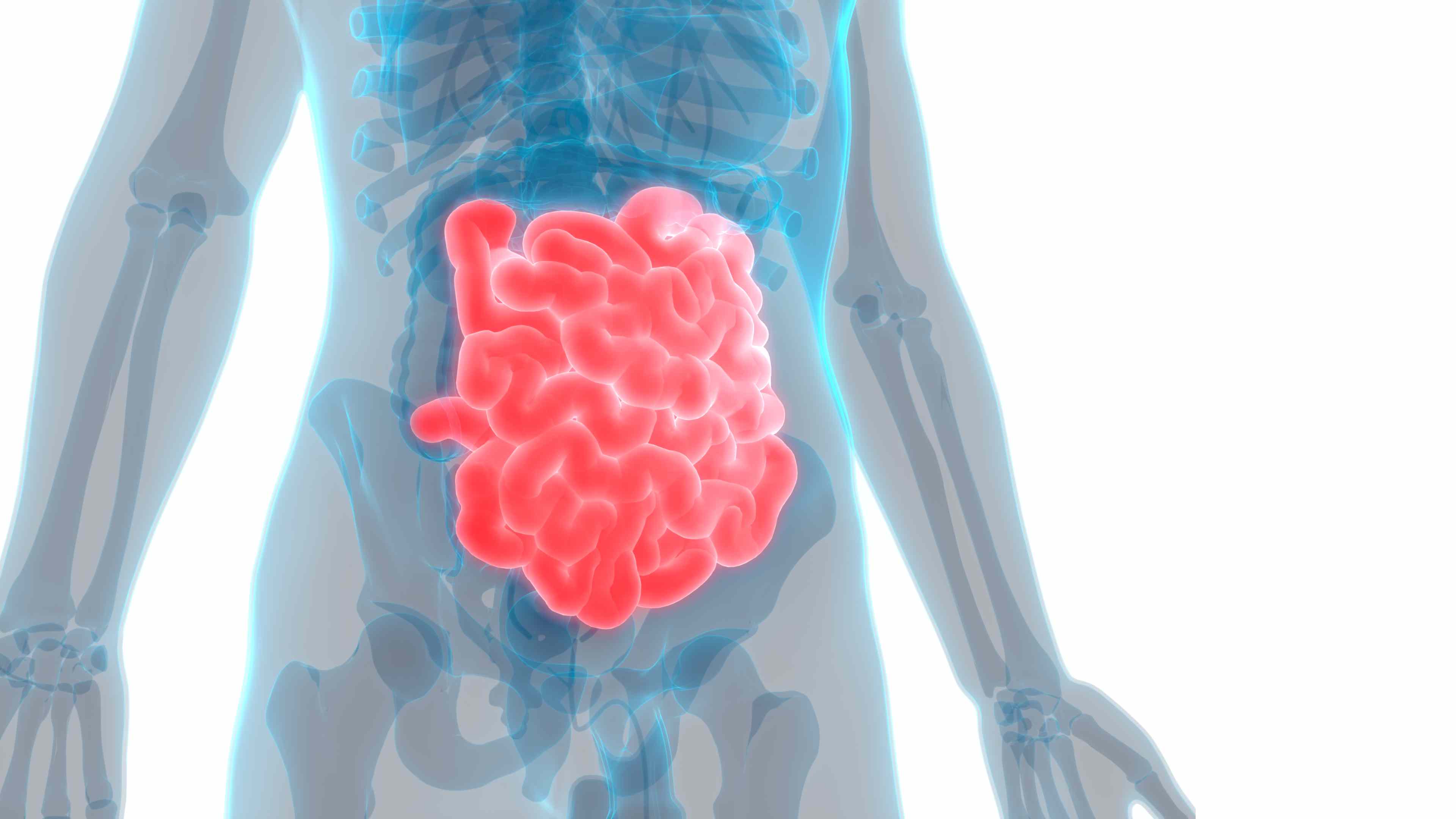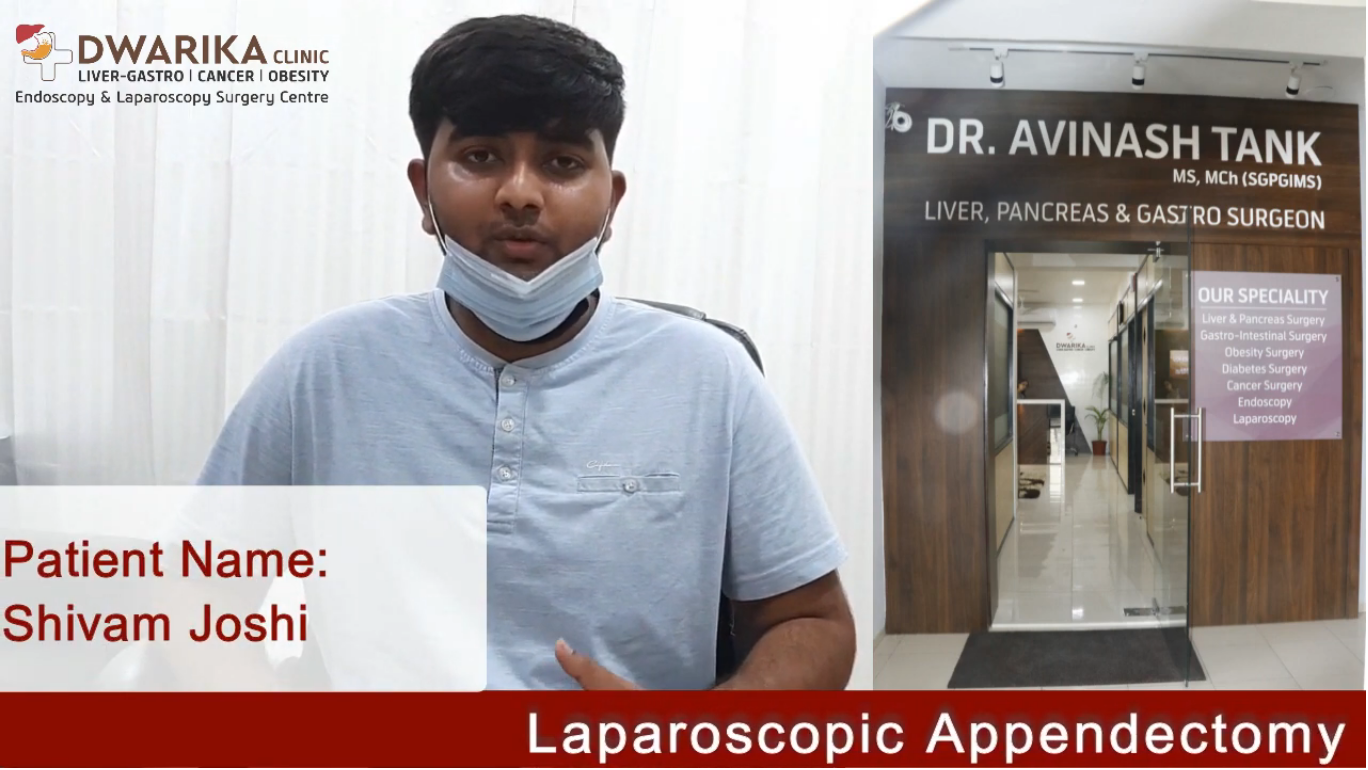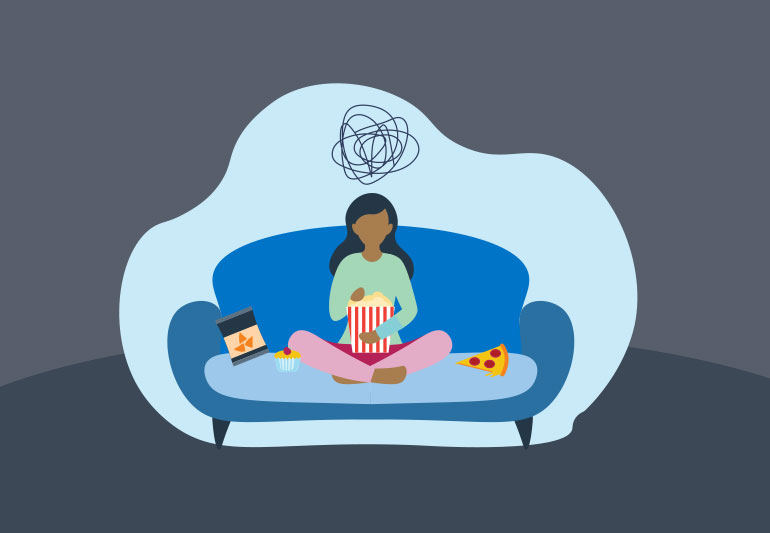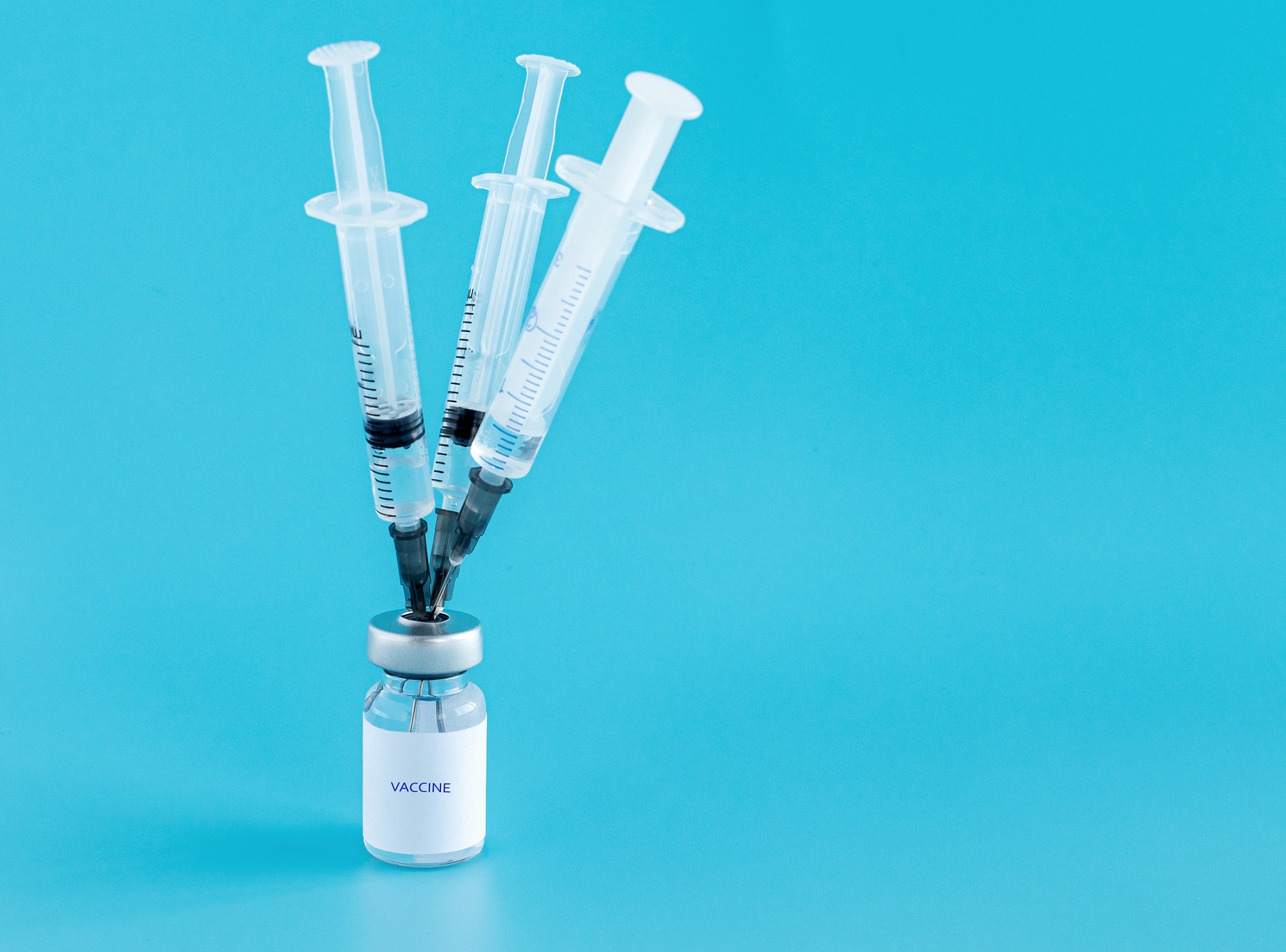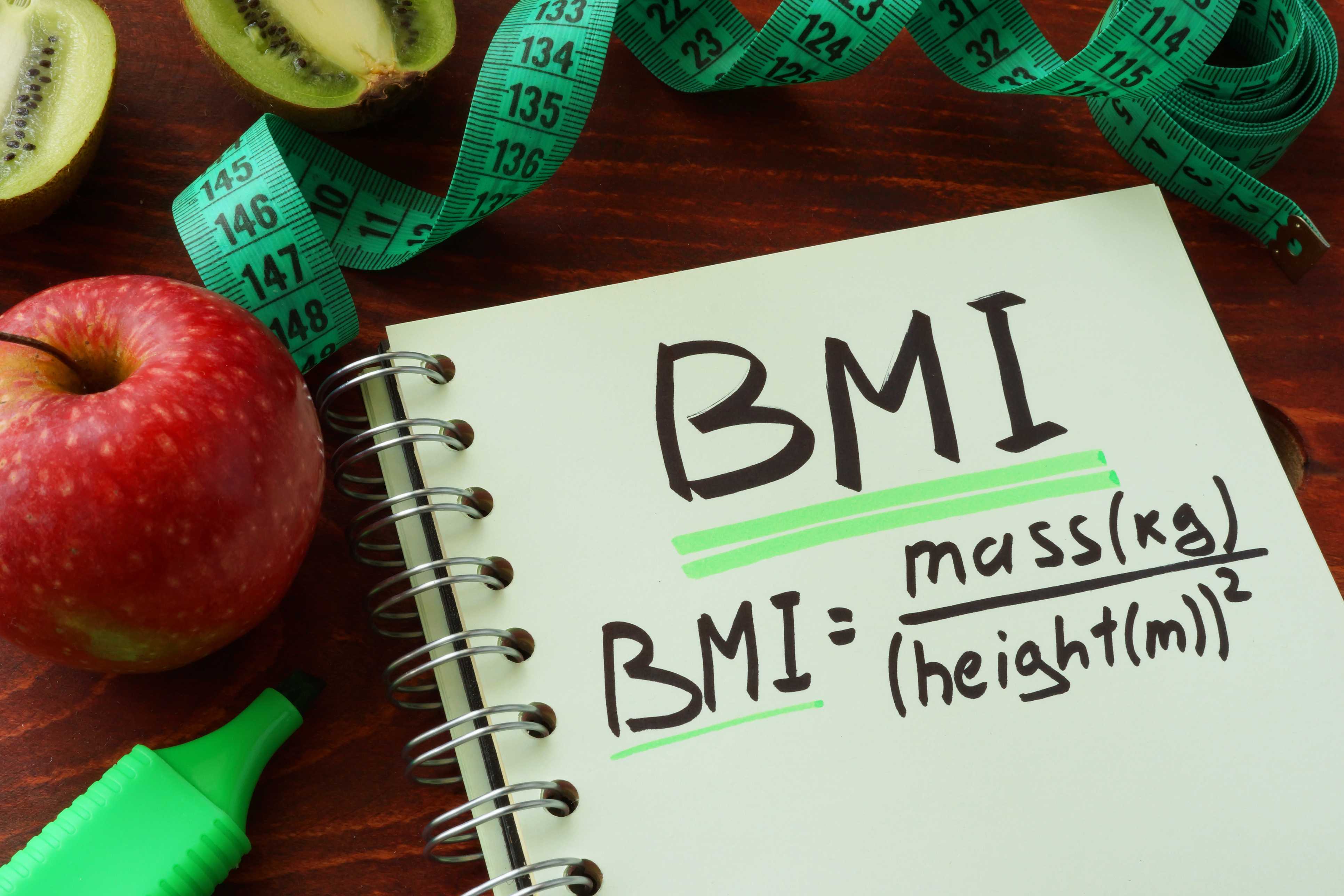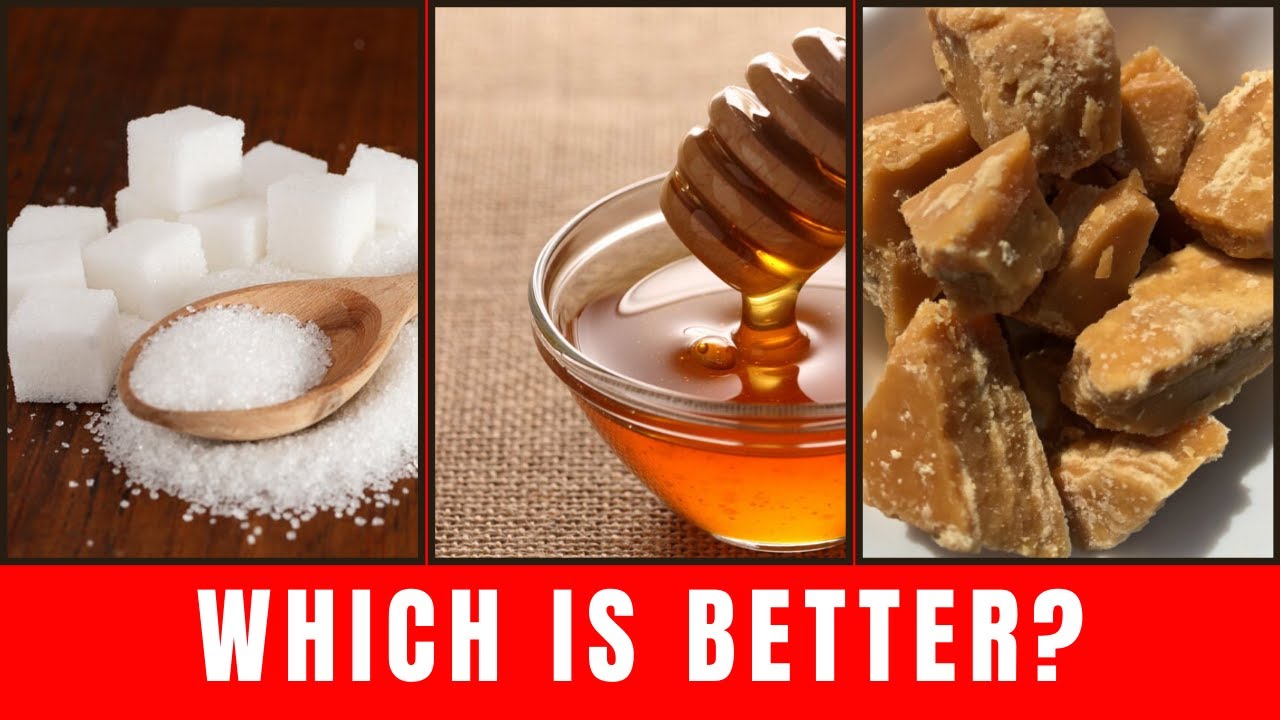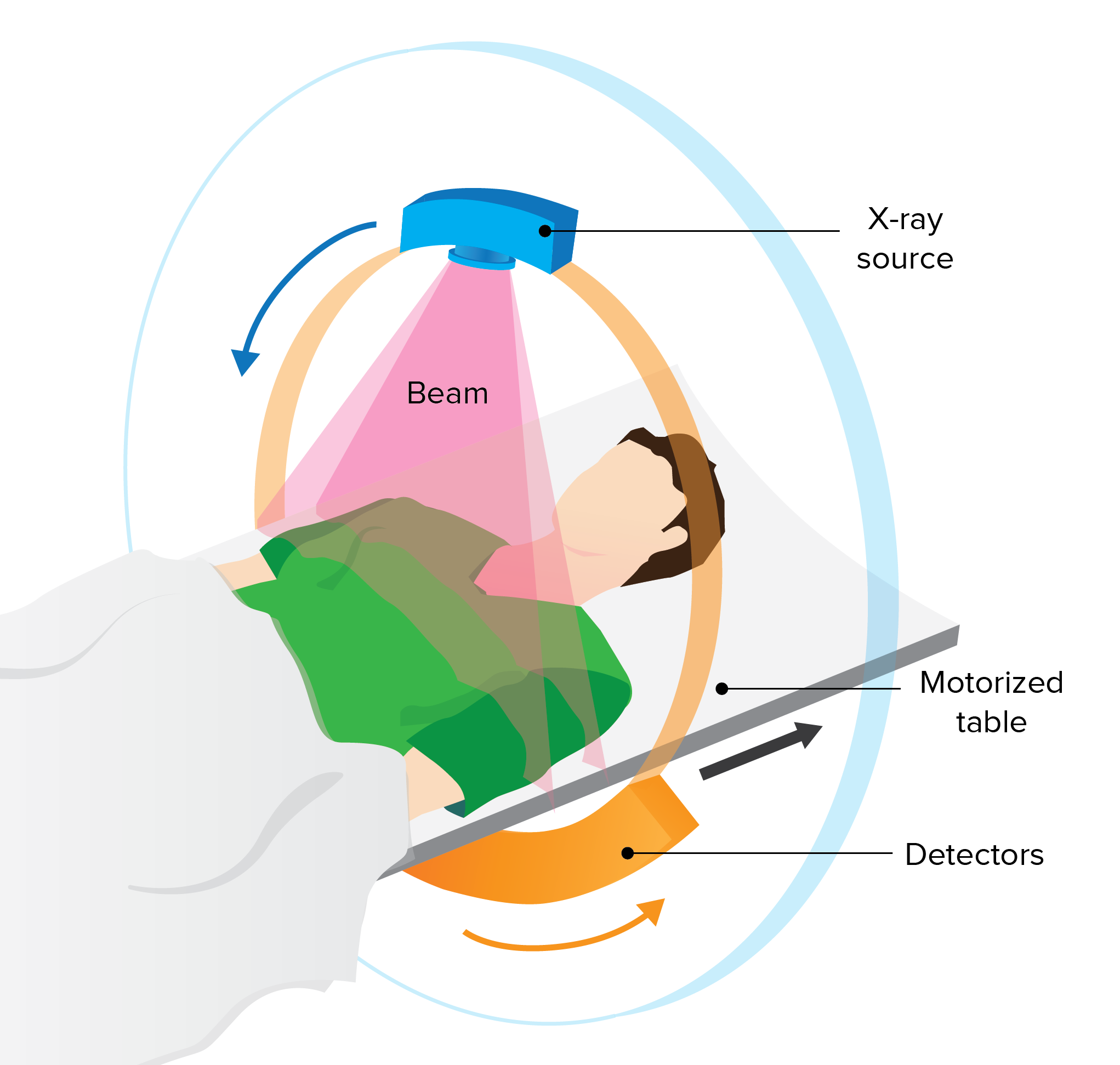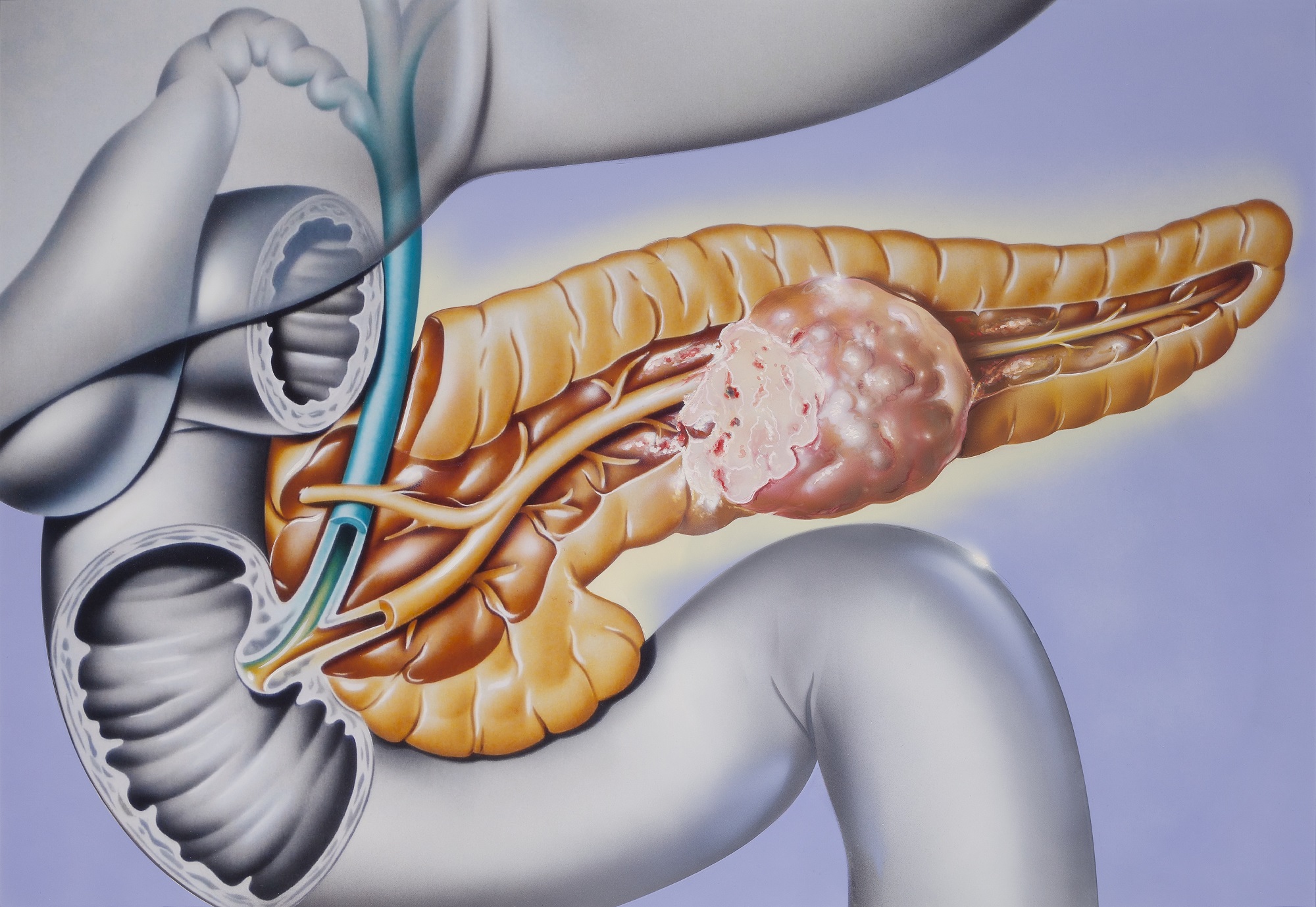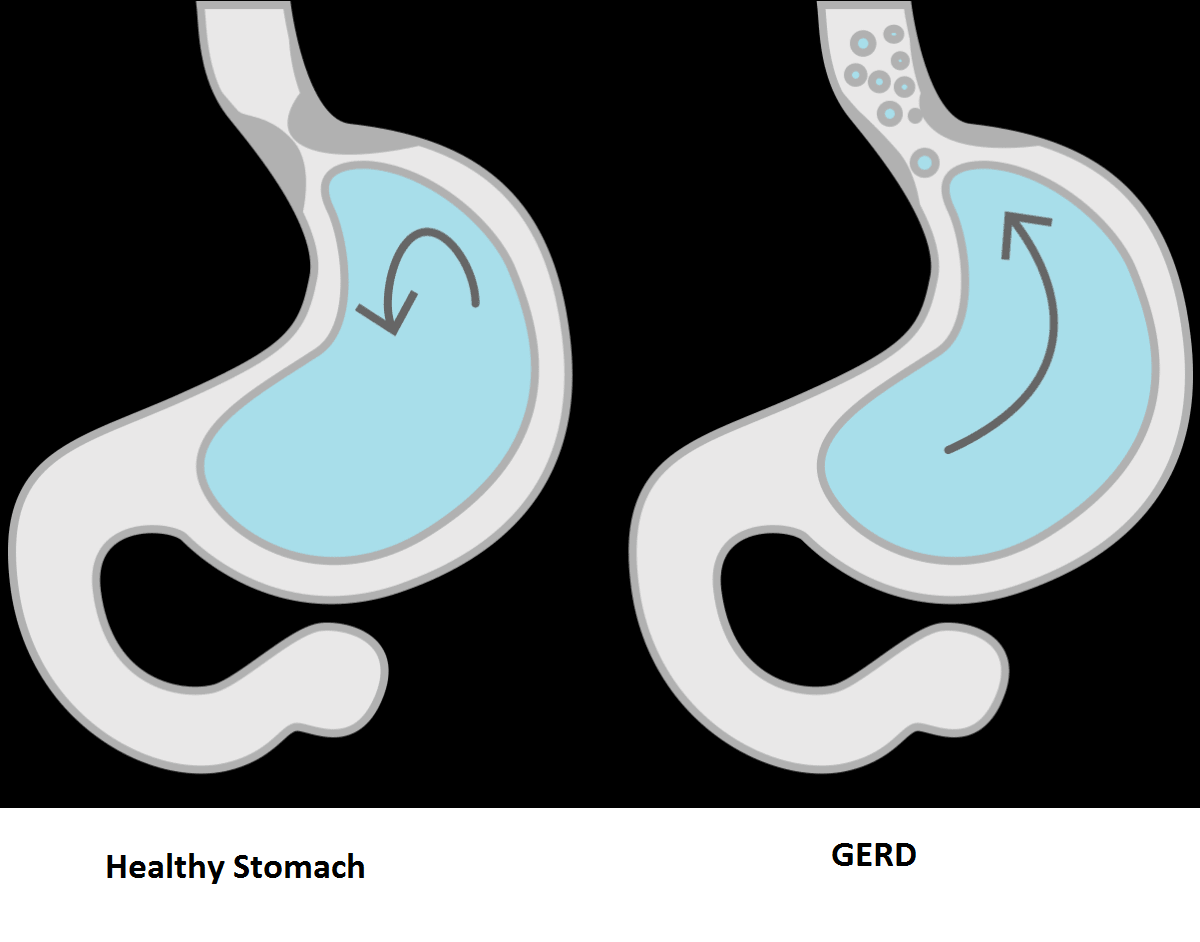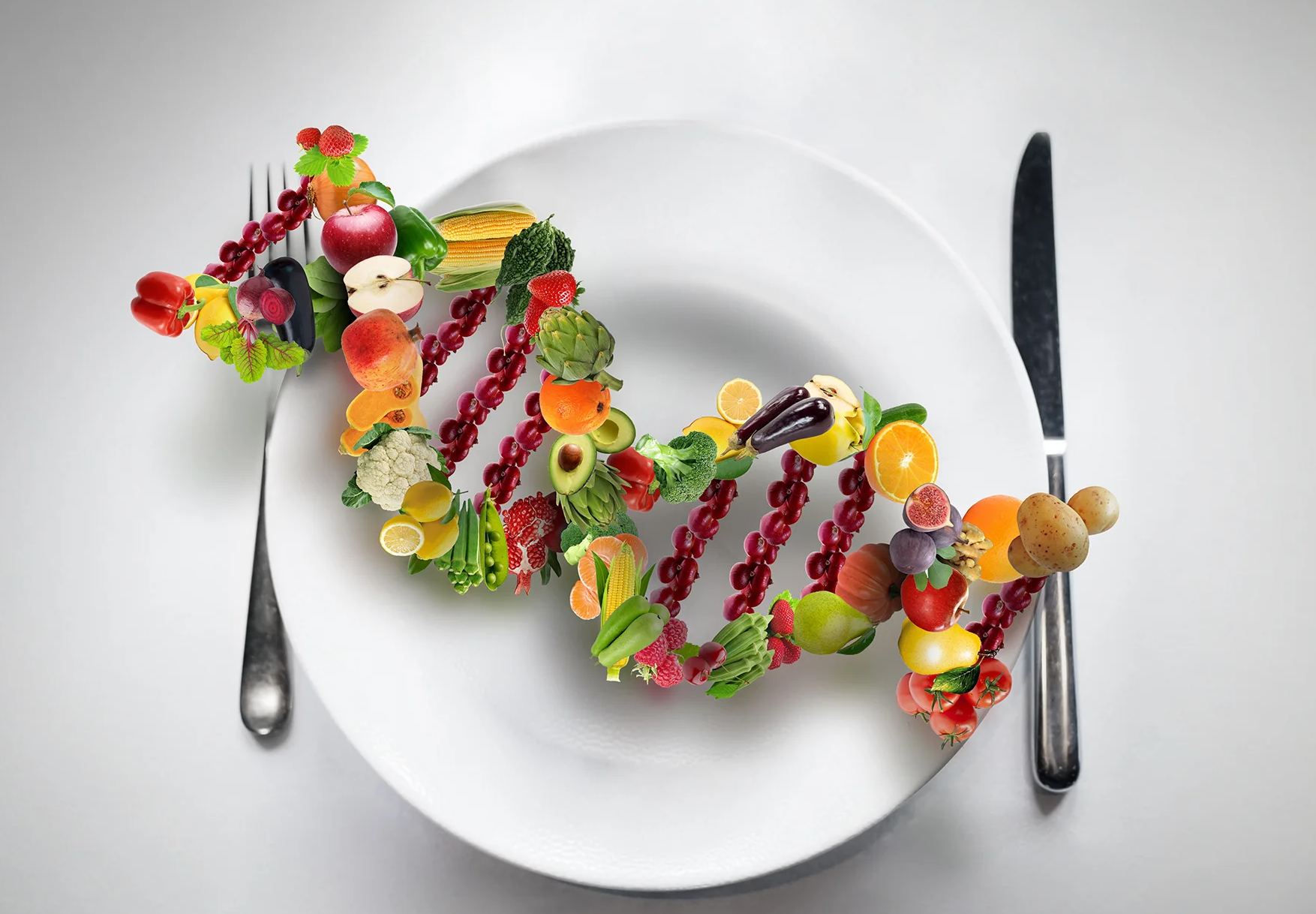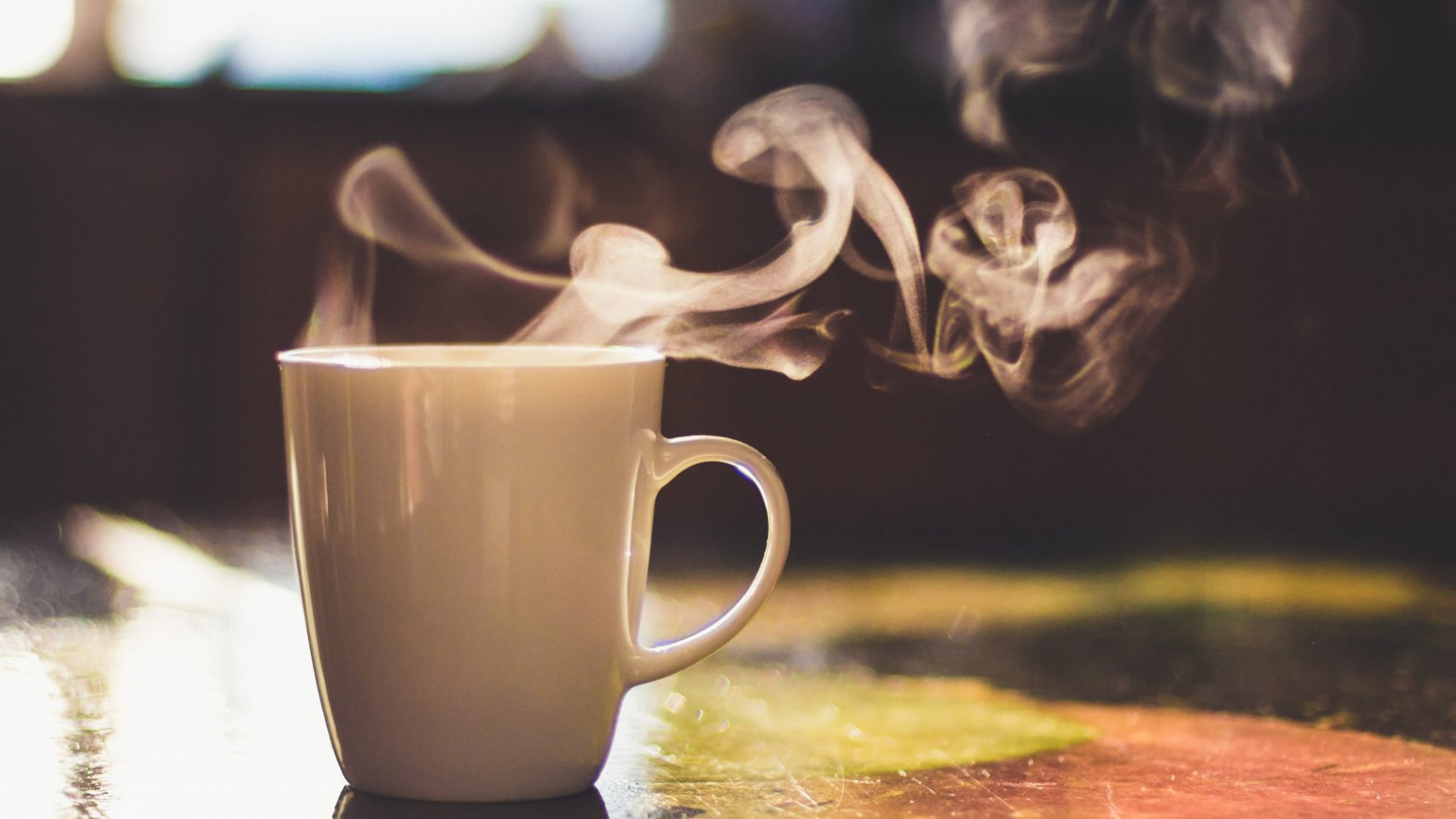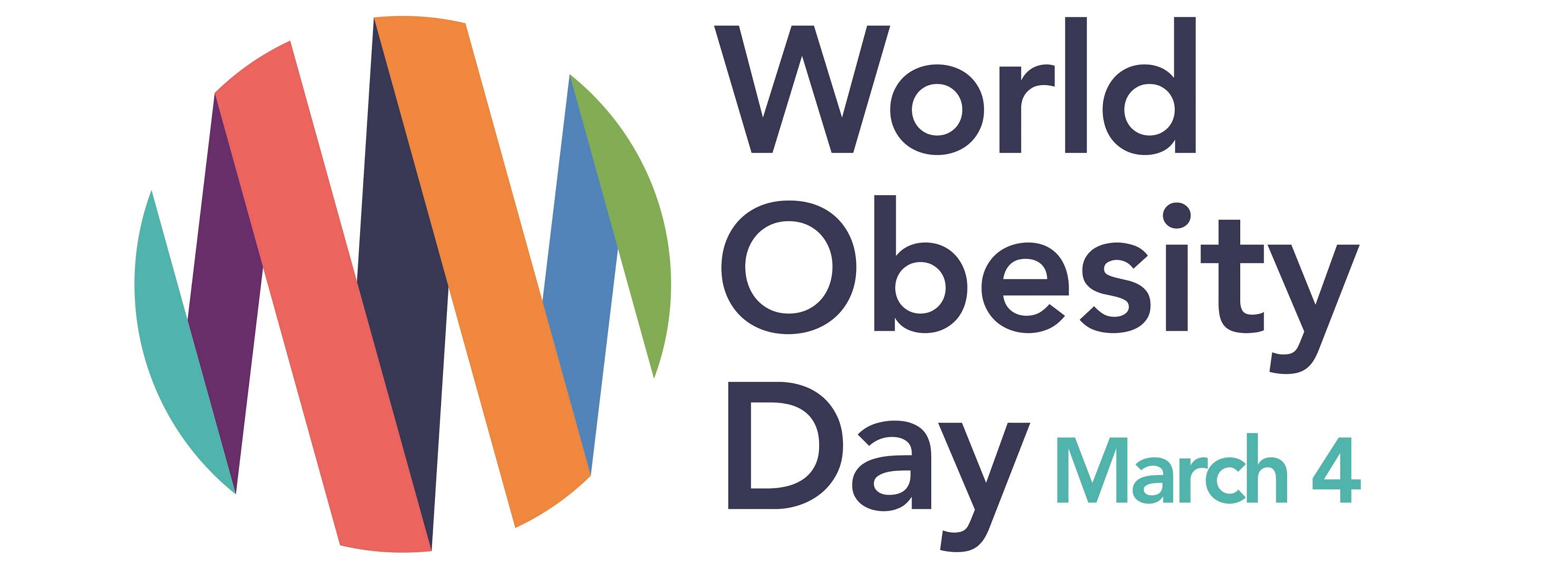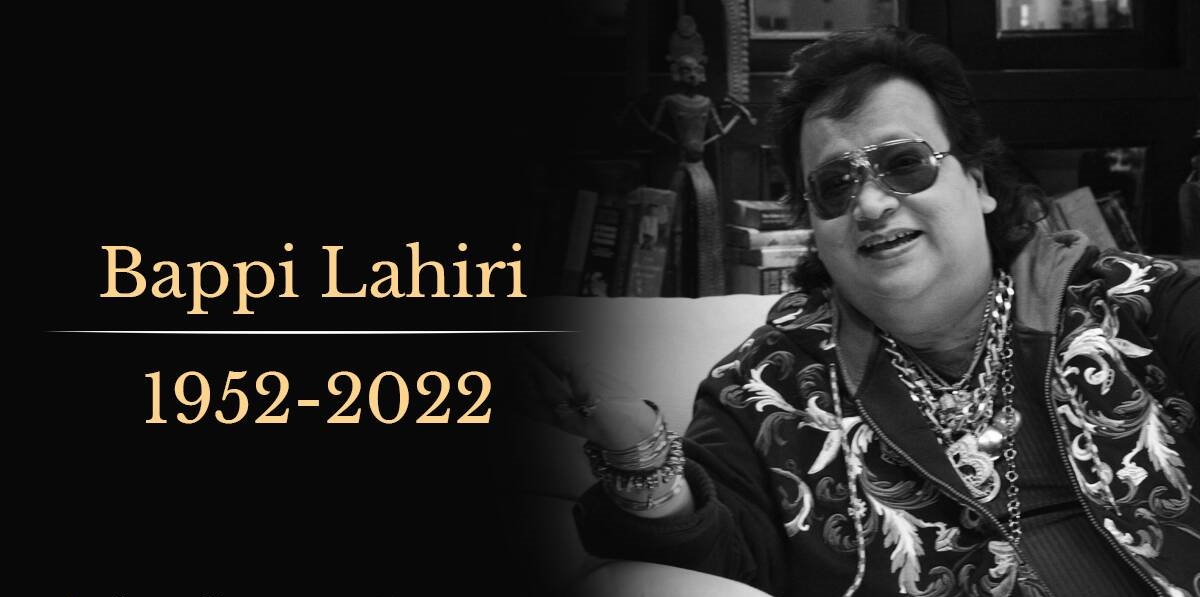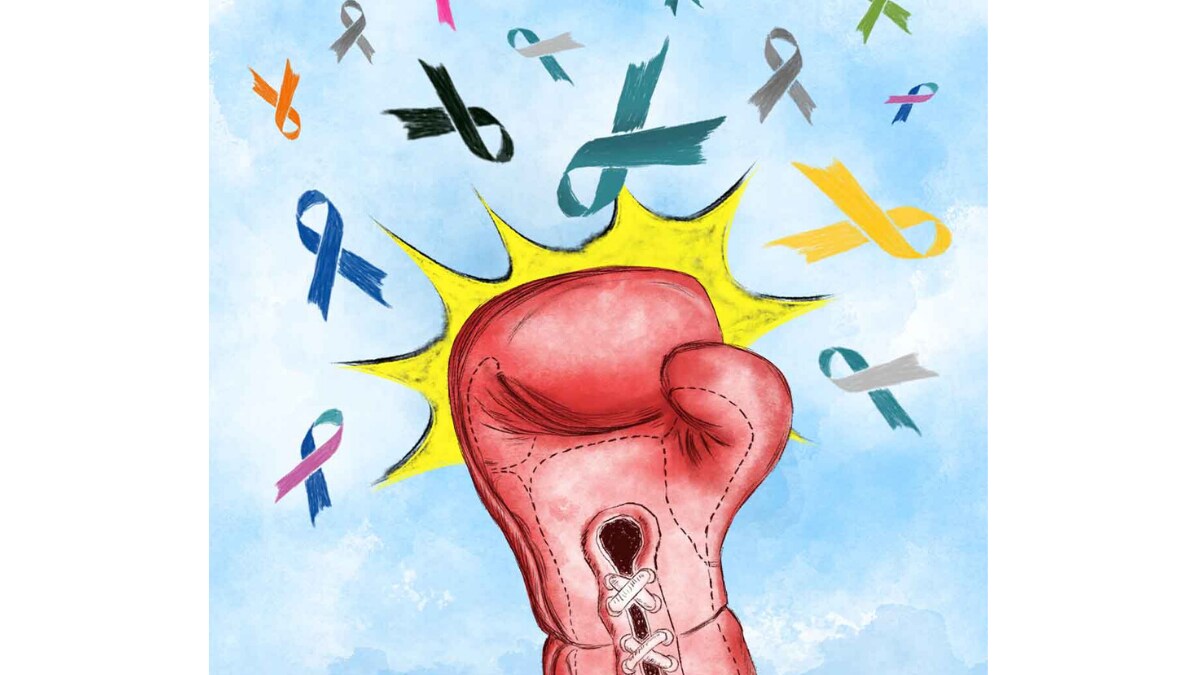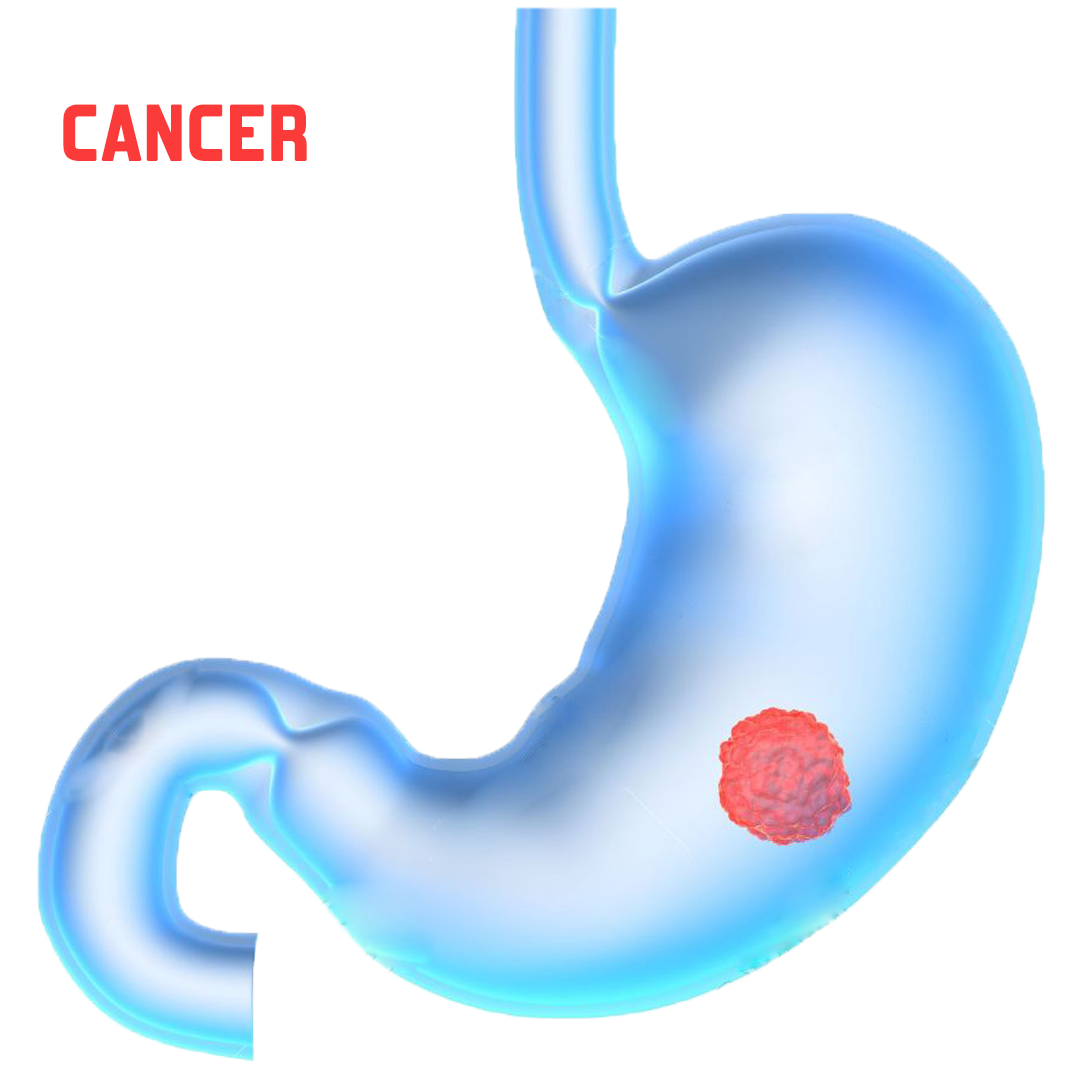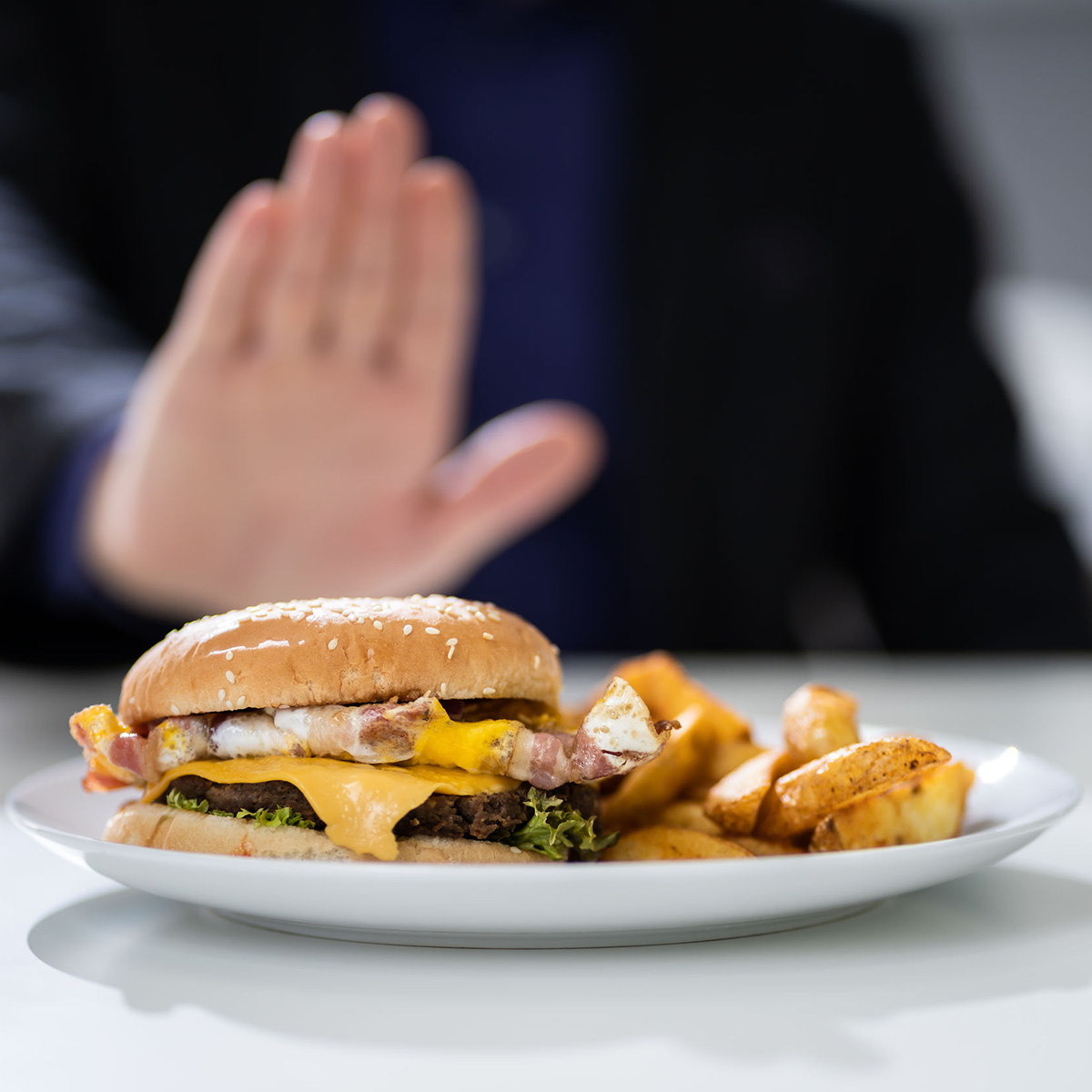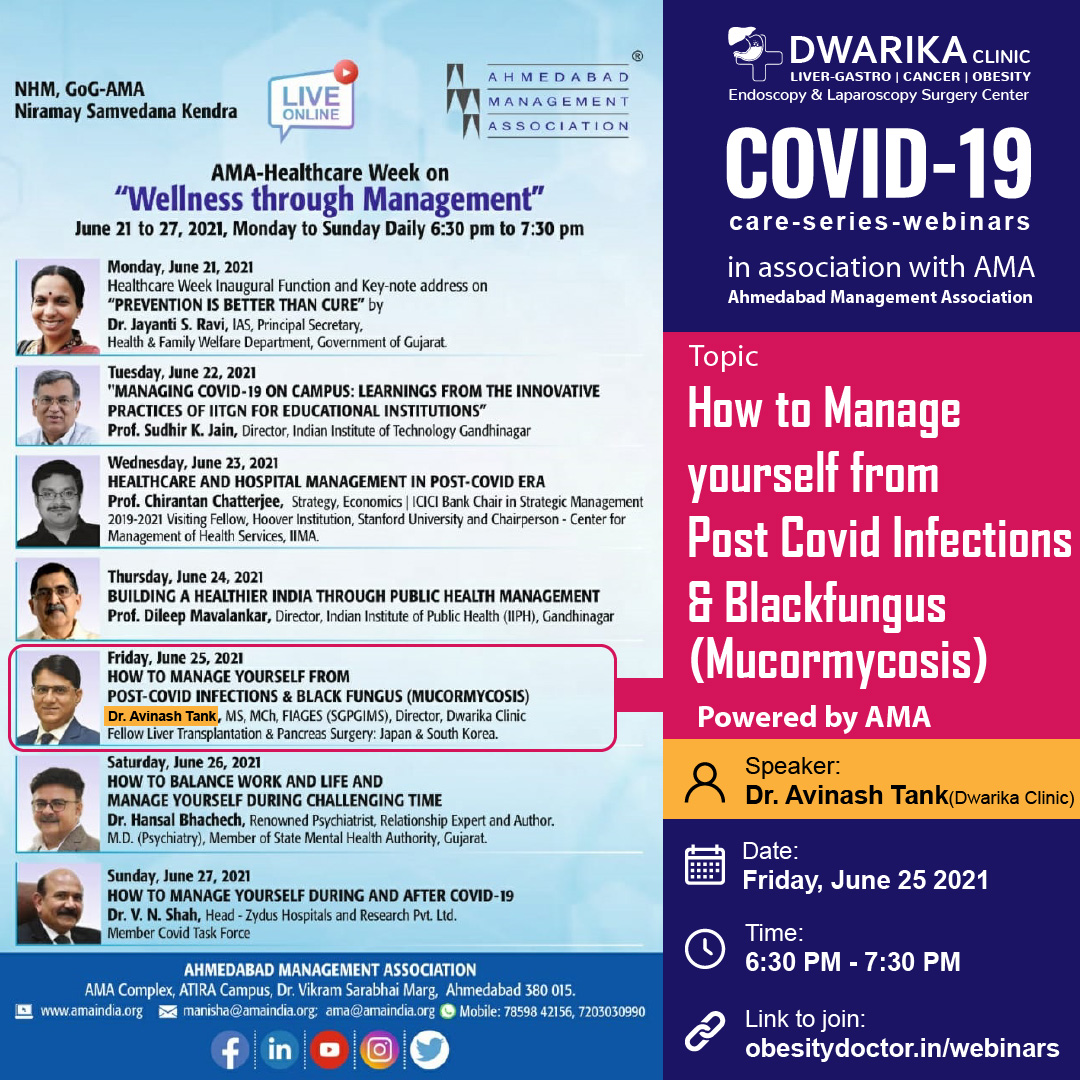Bile Duct Anatomy, Bile Duct Functions, Bile Duct Conditions, Bile Duct cancer, Bile Duct cancer symptoms, Bile Duct obstruction, Bile Duct stones
Bile Duct- Anatomy, Functions and Conditions
The bile ducts are a series of thin tubes that go from the liver to the small intestine.

Bile duct definition
Your liver makes a digestive juice called bile. Your gallbladder stores it between meals. When you eat, your gallbladder pushes the bile into the small intestine through a network of tube-like structures. These tubes are collectively called bile ducts.
Bile duct function
The common bile duct connects the liver, gallbladder, and pancreas to the small intestine.
The bile ducts carry bile to your small intestine where it helps in breakdown of fats and absorb food. It also helps the liver get rid of toxins and wastes.
Bile Duct anatomy
Different parts of the bile duct system have different names. In the liver it begins as many tiny tubes (called ductules). The ductules come together to form small tubes called ducts. These merge into larger ducts and then into the left and right hepatic ducts. All of these ducts within the liver are called intrahepatic bile ducts.
The left and right hepatic ducts exit the liver and join to form the common hepatic duct in an area called the hilum. Lower down, the gallbladder (a small organ that stores bile) is joined to the common hepatic duct by a small duct called the cystic duct. This combined duct is called the common bile duct.
The common bile duct passes through part of the pancreas before it joins with the pancreatic duct and empties into the first part of the small intestine (the duodenum) at the ampulla of Vater.
Bile Duct diseases/ Disorder
Different diseases can block the bile ducts and cause a problem with the flow of bile-
- Gallstones, which can increase pressure in the gallbladder and cause a gallbladder attack. The pain usually lasts from one to several hours.
- Bile Duct Cancer
- Primary biliary cholangitis
- Infections
- Birth defects, such as biliary atresia.
- Inflammation, which can cause scarring. Over time, this can lead to liver failure.
Symptoms of Bile Duct Diseases
General signs and symptoms include:
- Abdominal pain in the upper right side
- Dark urine
- Fever
- Itching
- Jaundice (yellow skin color)
- Nausea and vomiting
- Pale-colored stools
When to see a doctor
See your doctor if you have persistent fatigue, abdominal pain, jaundice, or other signs and symptoms that bother you. He or she may refer you to a specialist in digestive diseases (gastroenterologist).
Examinations and Tests for bile duct diseases/ conditions
Your health care provider will examine you and feel your belly.
You may be asked to take a blood test to check for-
- Increased bilirubin level
- Increased alkaline phosphatase level
- Increased liver enzymes
The following tests may be used to investigate a possible blocked bile duct:
- Abdominal ultrasound
- Abdominal CT scan
- Endoscopic retrograde cholangiopancreatography (ERCP)
- Percutaneous Transhepatic Biliary Drainage (PTBD)
- Magnetic resonance cholangiopancreatography (MRCP)
- Endoscopic ultrasound (EUS)
A bile duct disorder may also alter the results of the following tests:
- Amylase blood test
- Gallbladder radionuclide scan
- Lipase blood test
- Prothrombin time (PT)
- Urine bilirubin
Treatment for Bile Duct Conditions
Depending on the disease, the doctor will plan the treatment options accordingly.
For possible blockage due to stones, an endoscope may be used to remove them during ERCP.
Your provider may prescribe antibiotics if an infection is suspected.
In some cases, surgery may be required.
Reference
- https://www.cancer.gov/publications/dictionaries/cancer-terms/def/bile-duct
- https://www.cancer.org/cancer/bile-duct-cancer/about/what-is-bile-duct-cancer.html
- https://medlineplus.gov/bileductdiseases.html
- https://www.mayoclinic.org/diseases-conditions/cholangiocarcinoma/symptoms-causes/syc-20352408
- https://my.clevelandclinic.org/health/diagnostics/6901-bile-duct-exploration
- https://www.hopkinsmedicine.org/health/conditions-and-diseases/biliary-system-anatomy-and-functions





